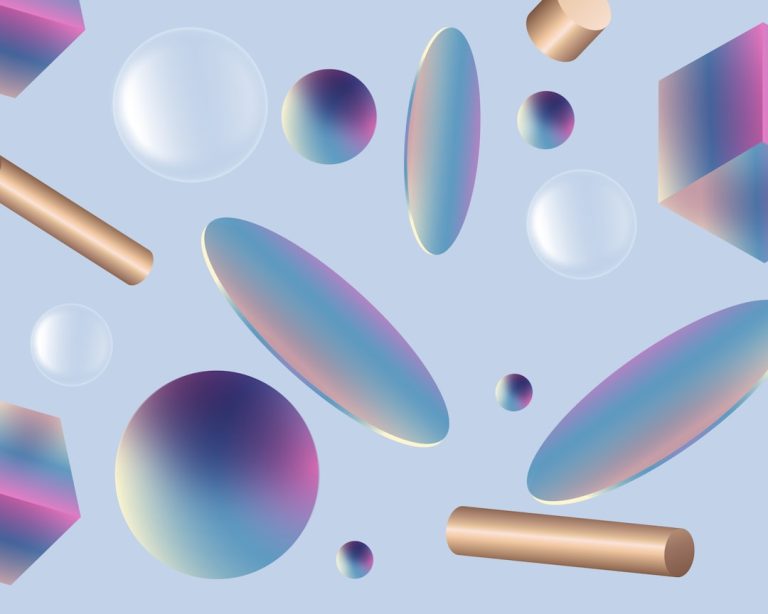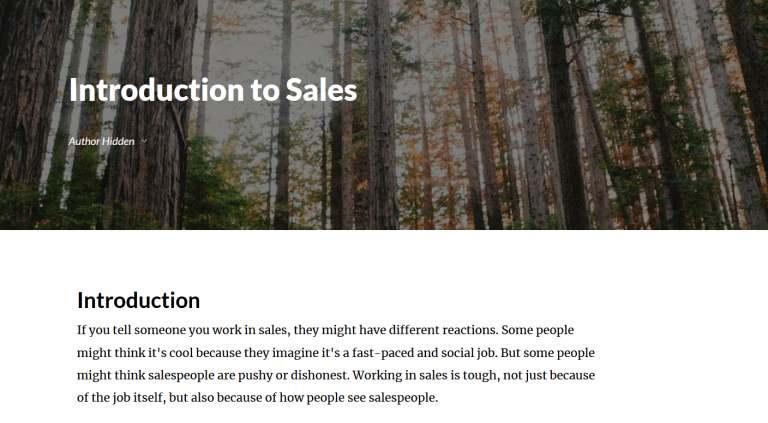Design plays a crucial role in visual communication. It is the process of creating and arranging visual elements to convey a message effectively. Whether it is through graphic design, web design, or product design, the way something is designed can greatly impact how it is perceived and understood by the audience. In this article, we will explore the importance of design in visual communication and its various aspects.
Key Takeaways
- Design plays a crucial role in visual communication.
- Design is essential for branding and marketing.
- Design shapes user experience and influences consumer behavior.
- Design trends have a significant impact on communication.
- Color, typography, and visual storytelling are powerful tools in design.
The Importance of Design in Visual Communication
Design in visual communication refers to the intentional arrangement of visual elements such as color, typography, images, and layout to create a visually appealing and meaningful message. It is important because it helps to convey information in a clear and concise manner. Good design enhances the overall user experience and makes it easier for the audience to understand and engage with the content.
Design also helps to establish brand identity. Through consistent use of colors, typography, and imagery, a brand can create a recognizable and memorable visual identity that sets it apart from competitors. This visual identity becomes an important part of the brand’s marketing strategy and helps to build trust and loyalty among consumers.
The Role of Design in Branding and Marketing
Design plays a crucial role in branding and marketing. It helps to create a brand identity that reflects the values and personality of a company or product. A well-designed logo, for example, can instantly communicate what a brand stands for and make it more memorable to consumers.
In marketing, design is used to create visually appealing advertisements and promotional materials that capture the attention of the target audience. It helps to communicate the key messages effectively and persuade consumers to take action. From packaging design to website design, every aspect of marketing relies on good design to make an impact.
How Design Shapes User Experience
| Design Element | User Experience Impact |
|---|---|
| Color Scheme | Affects mood and emotions, can improve readability and accessibility |
| Typography | Can enhance readability, hierarchy, and brand identity |
| Layout | Can improve navigation, organization, and visual appeal |
| Interaction Design | Can improve usability, engagement, and satisfaction |
| Visual Hierarchy | Can guide users to important information and improve scanning |
| Accessibility | Can improve usability for users with disabilities and increase reach |
Design has a significant impact on user experience (UX). UX refers to how users interact with a product or service and how they feel about that experience. Good design enhances UX by making it easy for users to navigate, find information, and complete tasks. It takes into consideration the needs and preferences of the users and creates a seamless and enjoyable experience.
On the other hand, bad design can lead to frustration and confusion. Poorly designed websites, for example, can make it difficult for users to find what they are looking for, resulting in a negative experience. Good design takes into consideration factors such as usability, accessibility, and aesthetics to create a positive user experience.
The Impact of Design on Consumer Behavior
Design has a significant impact on consumer behavior. It can influence how consumers perceive a product or brand and ultimately affect their purchasing decisions. The visual appeal of a product or packaging, for example, can make it more desirable and increase its perceived value.
Design also helps to create an emotional connection with consumers. Colors, typography, and imagery can evoke certain emotions and create a positive association with a brand or product. By understanding the psychology of design, marketers can use design elements strategically to influence consumer behavior.
Design Trends and Their Influence on Communication

Design trends play a crucial role in visual communication. They reflect the current aesthetic preferences and cultural influences of a particular time period. Design trends can greatly impact how a message is perceived and understood by the audience.
For example, minimalism has been a popular design trend in recent years. It emphasizes simplicity and clean lines, which can create a sense of elegance and sophistication. This trend has influenced various aspects of visual communication, from website design to packaging design.
The Psychology of Color in Design
Color is an important element in design that can greatly impact communication. Different colors evoke different emotions and have different cultural associations. Understanding the psychology of color is crucial in creating effective designs.
For example, red is often associated with passion and excitement, while blue is associated with trust and reliability. By using the right colors in design, marketers can create a desired emotional response and influence consumer behavior.
The Power of Typography in Visual Communication
Typography refers to the style, arrangement, and appearance of text in design. It plays a crucial role in visual communication as it helps to convey the tone and personality of a message. The choice of fonts, font sizes, and spacing can greatly impact how a message is perceived.
For example, a bold and modern font may be used to convey a sense of strength and innovation, while a script font may be used to create a sense of elegance and sophistication. Typography helps to create hierarchy and structure in design, making it easier for the audience to understand and engage with the content.
The Art of Visual Storytelling through Design
Visual storytelling is the use of images, graphics, and other visual elements to tell a story. It is an effective way to engage the audience and communicate complex ideas in a simple and memorable way. Design plays a crucial role in visual storytelling by creating a cohesive and visually appealing narrative.
Through the use of imagery, color, typography, and layout, designers can create a visual story that captures the attention of the audience and conveys the intended message. Visual storytelling is used in various forms of communication, from advertising campaigns to website design.
Designing for Accessibility and Inclusivity
Designing for accessibility and inclusivity is an important aspect of visual communication. It ensures that everyone, regardless of their abilities or disabilities, can access and engage with the content. Good design takes into consideration factors such as color contrast, font size, and navigation to create an inclusive experience.
For example, websites should be designed with accessibility features such as alt text for images and captions for videos to make them accessible to people with visual impairments. Designing for accessibility not only benefits individuals with disabilities but also improves the overall user experience for all users.
The Future of Design in Visual Communication
The future of design in visual communication is constantly evolving. With advancements in technology and changing consumer preferences, designers need to stay updated with the latest trends and techniques.
One trend that is likely to continue is the use of interactive and immersive design. With the rise of virtual reality and augmented reality, designers will have new opportunities to create engaging and interactive experiences for users.
Another trend is the focus on sustainability and ethical design. As consumers become more conscious of their environmental impact, there will be a greater demand for designs that are eco-friendly and socially responsible.
In conclusion, design plays a crucial role in visual communication. It helps to convey information effectively, establish brand identity, shape user experience, influence consumer behavior, and tell compelling stories. Good design takes into consideration factors such as aesthetics, usability, accessibility, and cultural influences to create meaningful and impactful communication. As technology advances and consumer preferences change, designers need to stay updated with the latest trends and techniques to create designs that resonate with the audience.
If you’re interested in design and visual communication, you won’t want to miss this fascinating article on “Escape the Shack 2” by NPL Photoshop. This article delves into the creative process behind designing an immersive escape room experience, showcasing the power of visual storytelling and interactive design. It’s a must-read for anyone looking to explore the intersection of design and entertainment. Check it out here.
FAQs
What is design and visual communication?
Design and visual communication is the art and practice of creating visual content to convey information to a specific audience. It involves the use of typography, color, imagery, and other design elements to communicate a message effectively.
What are the different types of design and visual communication?
There are various types of design and visual communication, including graphic design, web design, user interface design, advertising design, packaging design, and branding design.
What skills are required for design and visual communication?
Design and visual communication require a combination of technical and creative skills, including proficiency in design software, knowledge of design principles, typography, color theory, and visual storytelling.
What are the benefits of design and visual communication?
Design and visual communication can help businesses and organizations communicate their message effectively, increase brand awareness, and improve user experience. It can also enhance the aesthetic appeal of products and services, making them more attractive to customers.
What are the latest trends in design and visual communication?
Some of the latest trends in design and visual communication include the use of bold typography, minimalist design, 3D graphics, and augmented reality. Other trends include the use of animation, video, and interactive design elements to engage audiences.




